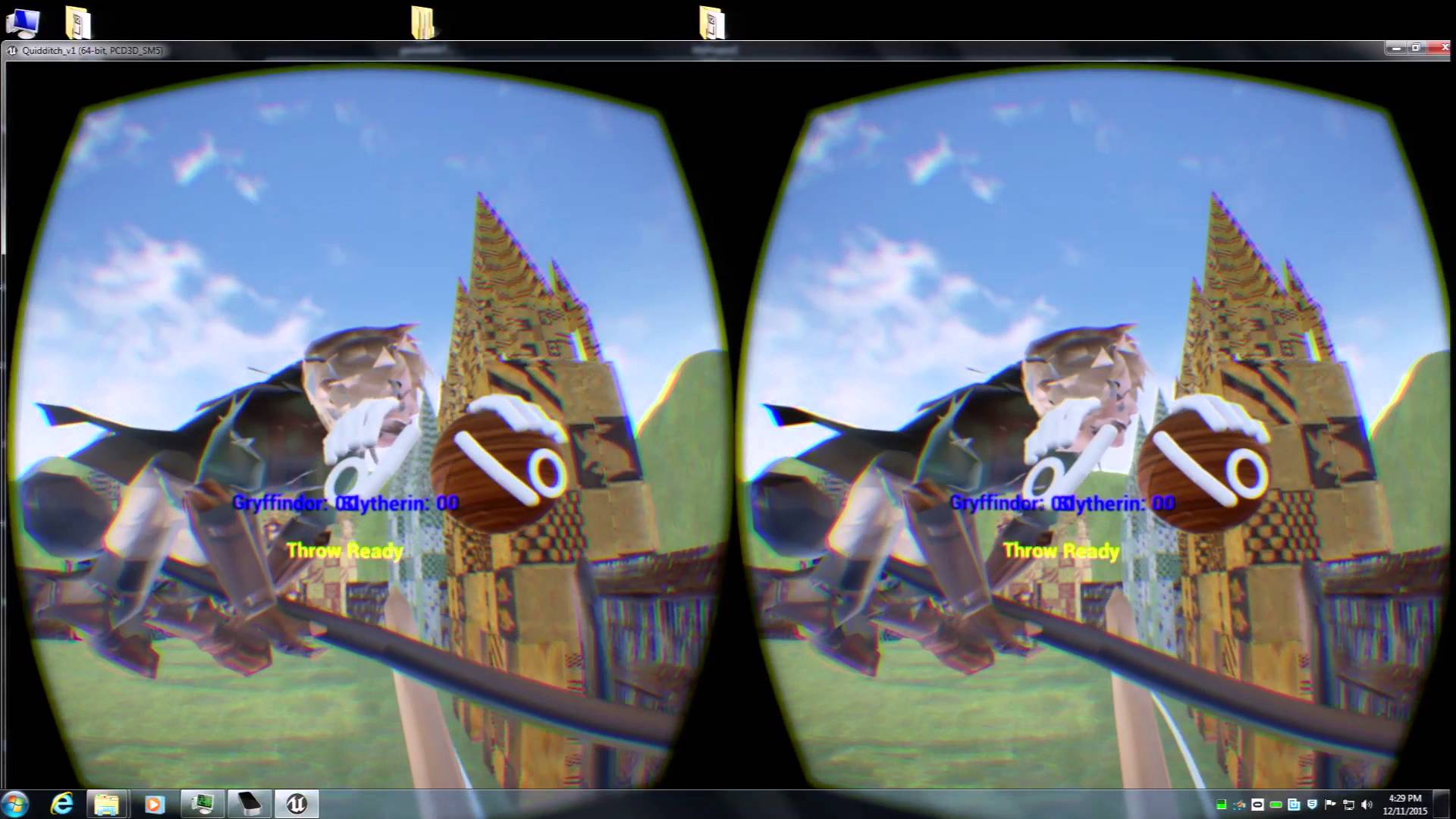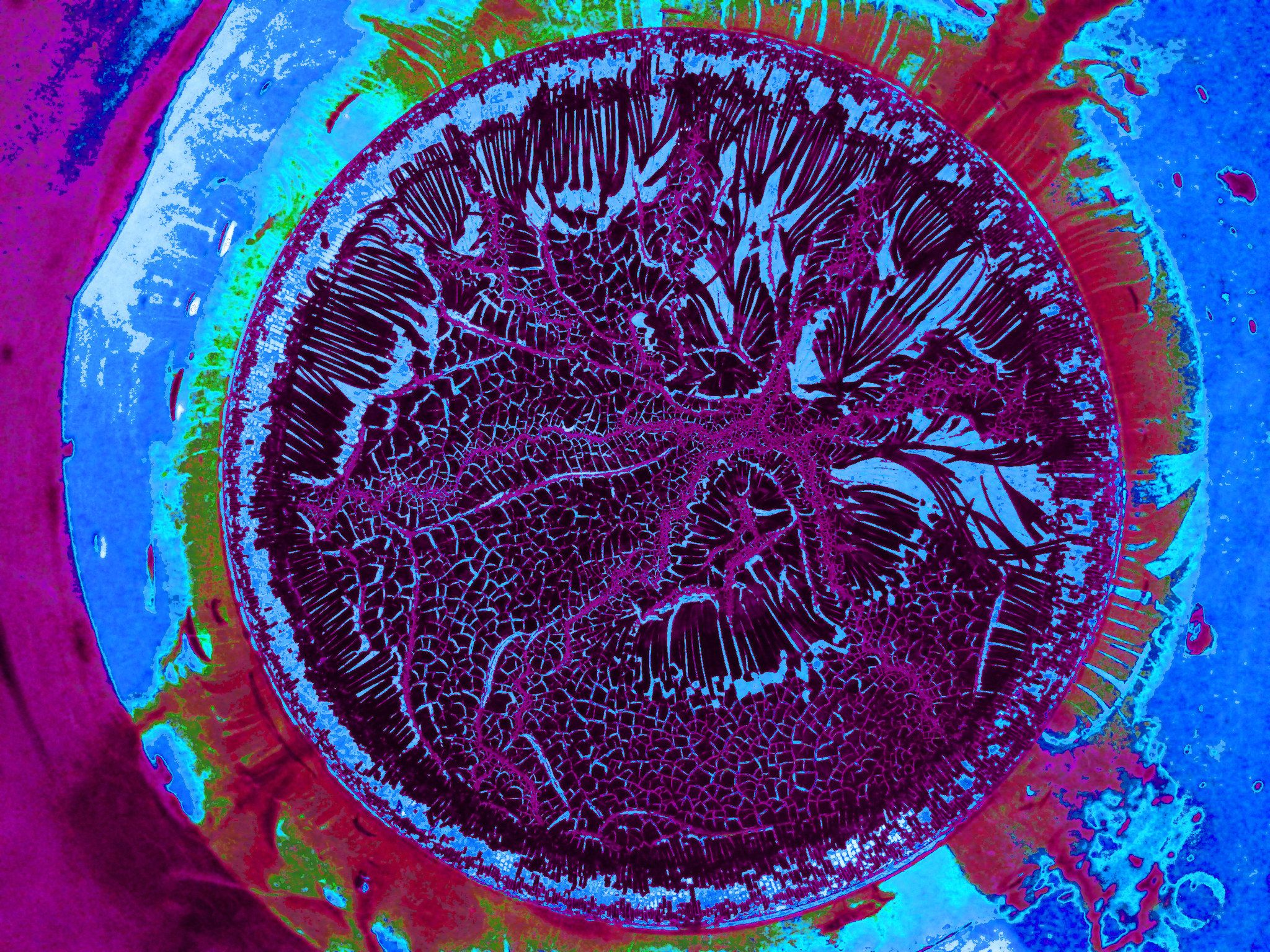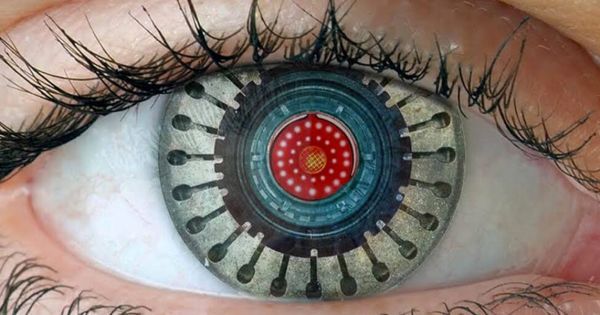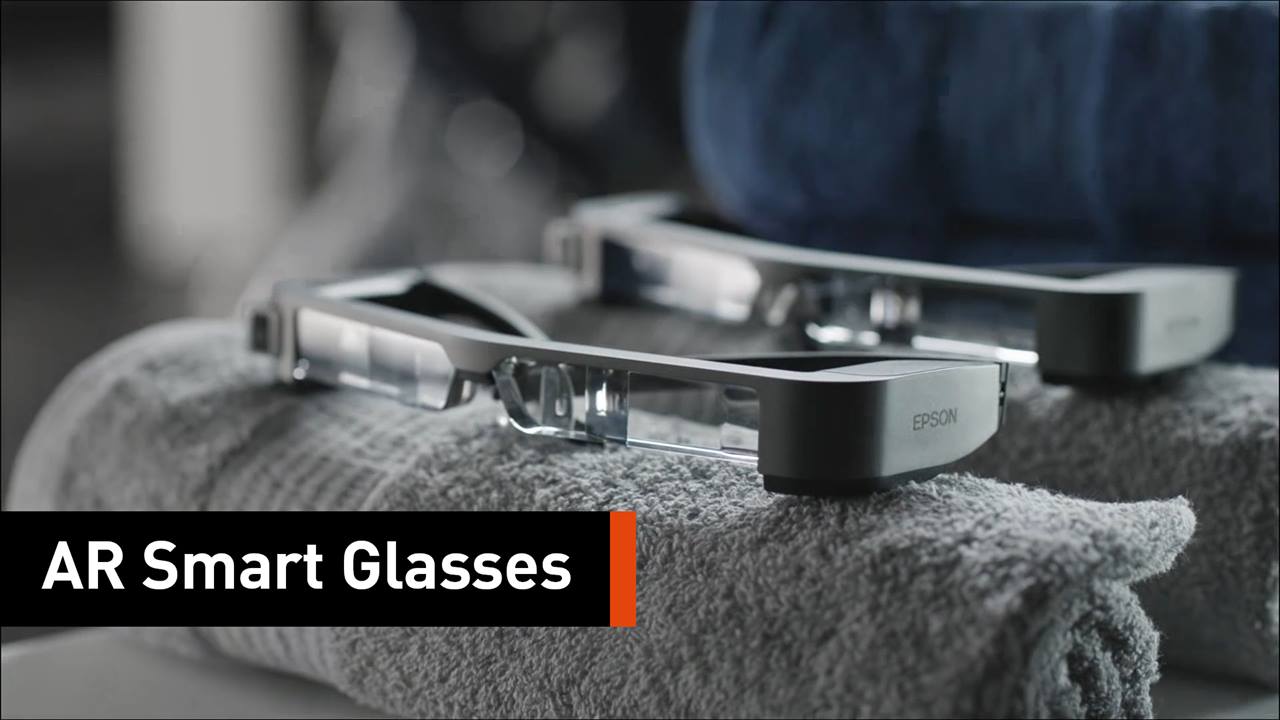Page 10726
Nov 13, 2016
Moving toward computing at the speed of thought
Posted by Karen Hurst in categories: computing, health, mathematics, virtual reality

Once synbio computing is fully matured then our tech dev work maybe done.
By Frances Van Scoy, West Virginia University.
Continue reading “Moving toward computing at the speed of thought” »
Nov 13, 2016
Synthetic virus may drive personalized medicine into precision medicine
Posted by Karen Hurst in category: biotech/medical
A collaborative effort involving Auburn University, Gen9 and Autodesk has developed a synthetic viral genome for bone cancer research and one which may prove revolutionary in the battle against cancer overall.
The sCAV2 virus, which is the longest functional virus created in oncology research, targets and destroys selected tumor cells while not impacting healthy cells, notes an announcement.
“This could change the way we fight cancer. It is that revolutionary,” states Dr. Bruce Smith, a professor in the department of pathobiology and director of the Auburn University Research Initiative in Cancer, in the announcement. “Our concept is taking personalized medicine to precision medicine. The technology to create a new virus by synthesizing it is a huge leap, but the ability to then make a customized virus tailored to the specific needs of each patient will be transformative.”
Continue reading “Synthetic virus may drive personalized medicine into precision medicine” »
Nov 13, 2016
“Art in Science” depicts the microscopic beauty of science
Posted by Karen Hurst in category: science
For my art meets science connoisseur friends.
The winners of this year’s “Art in Science” photo competition have been announced. See the winning entries in the gallery below.
Nov 13, 2016
Semantic Scholar search engine is expanded into neuroscience
Posted by Karen Hurst in categories: neuroscience, quantum physics, robotics/AI
Bio Intelligence-based search engine; coming soon. Building blocks if you think about it with the whole Synthetic DNA storage, connected cell circuitry to make buildings, machines, devices, etc. living. We needed quantum in the infrastructure to ensure things like bio-intelligence, autonomous machines, and connected super humans could eventually happen while reducing risks and threats. Now, we’re watching the ramp up of synthetic bio systems. Definitely exciting especially when we could see in our lifetime mobile devices no longer needed.
(Tech Xplore)—Allen Institute for Artificial Intelligence is in the news with its smart search engine, Semantic Scholar.
Namely, they are expanding their intelligence-based search engine service into neuroscience research.
Continue reading “Semantic Scholar search engine is expanded into neuroscience” »
Nov 13, 2016
Bionic Eyes Are Coming, and They’ll Make Us Superhuman
Posted by Elmar Arunov in categories: cyborgs, transhumanism
In Brief:
- Bionic eyes are already in development and could alleviate sight issues for hundreds of millions suffering from visual impairments or blindness.
- The mechanical eyes could also provide enhanced sight so cybernetic humans could see more of the electromagnetic spectrum.
With an estimated 285 million people worldwide with visual impairment, many treatments and technological innovations have long been in development. The panacea of restoring sight to the blind is the stuff of sci-fi: the bionic eye.
Nov 13, 2016
Say goodbye to clunky augmented reality smart glasses!
Posted by Klaus Baldauf in category: augmented reality
Nov 13, 2016
Killer Russian robot can detect a human from over four miles away before shooting them dead in an instant
Posted by Dan Kummer in categories: drones, robotics/AI
The device is said to be employed at the border and can be used from anything to detecting low-flying drones to targeting a vehicle from six miles away.
Nov 13, 2016
Samsung sets their Eyes on a Revolutionary Holographic TV
Posted by Klaus Baldauf in categories: electronics, quantum physics

Samsung took the leap and delivered Quantum Dot TV ahead of the competition and now they’ve setting their eyes on something more revolutionary: Holographic TV.
















